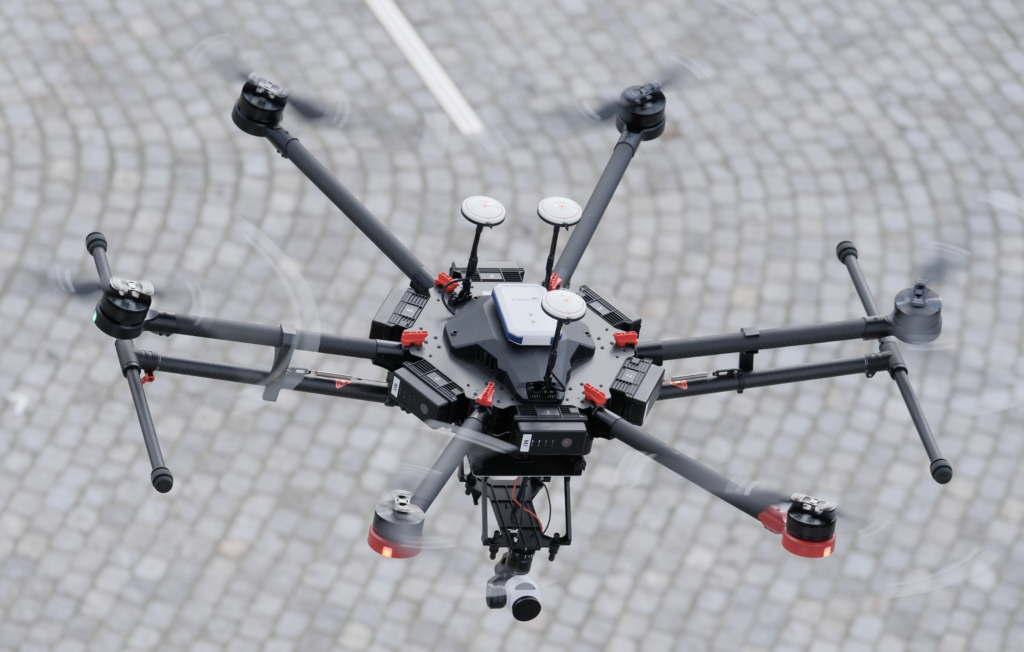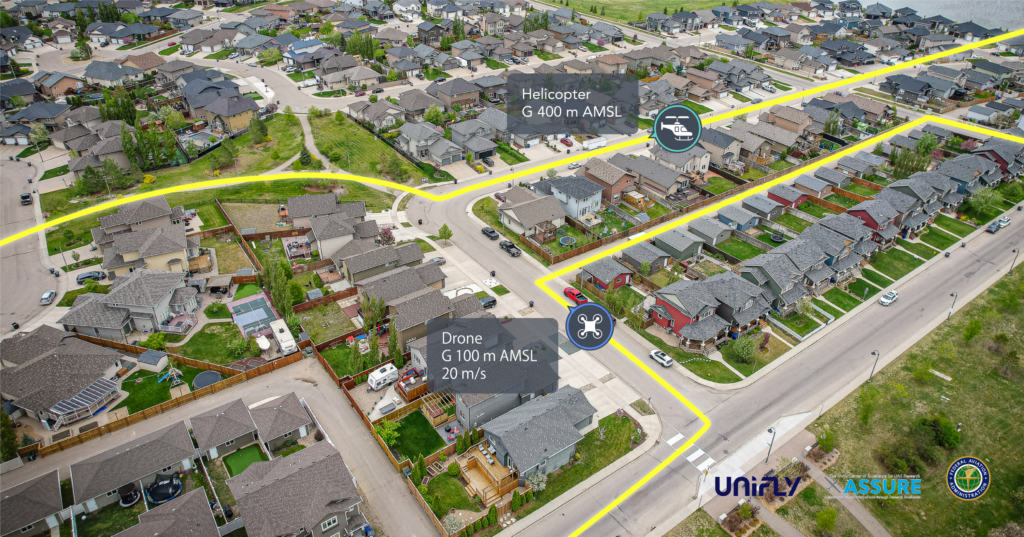Remote ID
Remote Identification acts as a digital “license plate” for UAS and UAM, allowing for real-time tracking and identification. It provides crucial data like location, altitude, and operator ID. Essential for integrating unmanned systems into the airspace, Remote ID is essential to support safe and efficient traffic management.
TRUSTED BY INDUSTRY LEADERS
Diverse Surveillance Infrastructure Needs
The integration of UAS and UAM into different airspace regions is hampered by the variability in available surveillance technologies.
- Telecom-Enabled Regions: Areas equipped with advanced telecommunications infrastructure allow for real-time drone positioning.
- Tech-Limited Areas: Regions lacking advanced telecom infrastructure may depend on simpler, less precise methods like low-powered ADS-B for drone location sharing.
Variability in Drone Identification Methods
The process of transmitting Remote ID information for drones varies significantly, influenced by the drone’s design and the available technology.
- API-Integrated Drones: Certain drones and UAM vehicles support seamless integration through APIs, facilitating easy transmission of Remote ID data.
- External (Hook-On) Device Dependency: Other drones may not have built-in capabilities for easy Remote ID transmission, necessitating the use of additional devices. This introduces challenges such as the need for integration and potential impacts on drone weight and balance.
Extraction of Remote ID Information from UAS and UAM Surveillance Radars
We support the integration of UAS and UAM surveillance radar (e.g. low powered ADS-B) information to capture Remote ID data from UAS and UAM vehicles. This data is transmitted to our platform and linked with the vehicle’s serial number for Remote Identification.
Integrations:
- DeDrone
- u-Avionix (Low Powered ADS-B)
- Senhive Sen-ID
- DFS Phoenix System
Integration with Hook-On Device Supplier Platform
Certain Hook-On devices capture position and Remote ID information, which is then transmitted to the manufacturer’s cloud platform or to the UAS and UAM manufacturer’s cloud systems. Our platform receives this data from these cloud platforms and links it with the serial number entered within the platform.
Integrations:
- Involi
- Dronetag
- BLIP
Use of Hook-On Devices
The platform enables the direct transmission of real-time position information and Remote ID data from Hook-On devices via the telecommunication network. Each Hook-On device is individually routed to the designated endpoint of the platform to ensure reliable and precise data integration.
Integrations:
- Aerobits
Integration with API
We provide a comprehensive API to enable seamless communication between ground control stations, flight controllers, UAS, or UAM, and our platform. This API allows for the efficient and accurate exchange of Remote ID information.
Integrations:
- Direct API access for UAS/UAM operators and manufacturers
Broadcast Remote-ID
Broadcast Remote ID is distinct from Network Remote ID. The drone broadcasts its position via Bluetooth or WiFi directly to devices like mobile phones, enabling the identification of the drone and its location.

Solution Overview
EXTRACTION OF REMOTE ID INFORMATION FROM UAS AND UAM SURVEILLANCE RADARS
We support the integration of UAS and UAM surveillance radar (e.g. low powered ADS-B) information to capture Remote ID data from UAS and UAM vehicles. This data is transmitted to our platform and linked with the vehicle’s serial number for Remote Identification.
Integrations:
- DeDrone
- u-Avionix (Low Powered ADS-B)
- Senhive Sen-ID
- DFS Phoenix System
INTEGRATION WITH TRACKING DEVICE SUPPLIER PLATFORM
Certain tracking devices capture position and Remote ID information, which is then transmitted to the manufacturer’s cloud platform or to the UAS and UAM manufacturer’s cloud systems. Our platform receives this data from these cloud platforms and links it with the serial number entered within the platform.
Integrations:
- Involi
- Dronetag
- BLIP
USE OF TRACKING DEVICES
The platform enables the direct transmission of real-time position information and Remote ID data from tracking devices via the telecommunication network. Each tracking device is individually routed to the designated endpoint of the platform to ensure reliable and precise data integration.
Integrations:
- Aerobits
INTEGRATION WITH API
We provide a comprehensive API to enable seamless communication between ground control stations, flight controllers, UAS, or UAM, and our platform. This API allows for the efficient and accurate exchange of Remote ID information.
Integrations:
- Direct API access for UAS/UAM operators and manufacturers
Products used
- Prepare: Links each UAS and UAM with its serial number for clear identification,
- Fly (Tactical): Provides real-time UAS tracking, using Remote ID for enhanced situational awareness during flights.
FOR SUPERVISORS
Enables monitoring of UAS and UAM within their area or responsibility, utilizing Remote ID for a comprehensive view of airspace activity and safety management.
API capabilities
Streamlines Remote ID data exchange between UAS and UAM, surveillance radar systems, and the Unifly platform, ensuring accurate tracking and remote identification across the platform. This API supports efficient communication and operational integration for both operator and supervisor users.
Ready to elevate your airspace?




